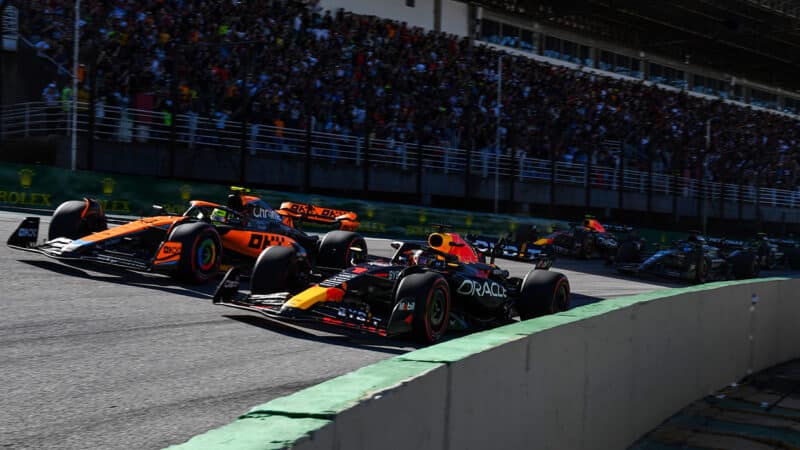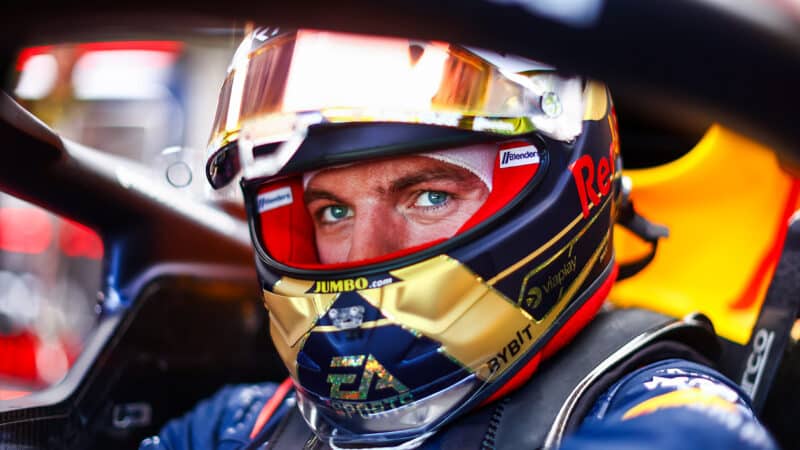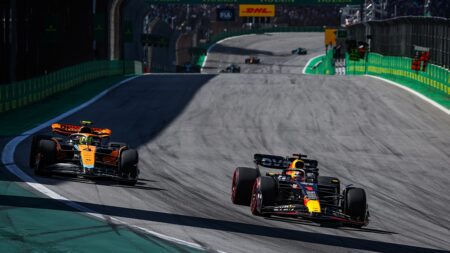This being F1, we can forget about success ballast or anything as blatantly artificial; the current sliding scale wind tunnel restrictions are as near as it will probably ever come to that. No, when F1 attempts to put a brake on the most successful team, what it invariably does is find the area where the advantage is being found and then disrupt it. Red Bull has many times in the past been the victim of this, as has Mercedes in more recent years.
The problem for the regulation makers tasked with slowing Red Bull down this time around would be understanding the root cause of the team’s advantage. Because it isn’t one thing, it’s a combination of aerodynamic and mechanical qualities which give a fantastic spread of highly efficient downforce through all the operating conditions the cars see. How the rear suspension internals in particular support the very benign aerodynamic map of the car is a key part of Red Bull’s advantage, as is the fidelity of the team’s understanding of how to set the combination up to spread the tyre load between front and rear axles. There are so many points of access to this harmonious whole that changing one would probably just allow the same point to be reached slightly differently.

McLaren is edging closer to Red Bull as the year goes on
Rudy Carezzevoli/Getty via Red Bull
But just as the regulators might struggle with identifying where the key sensitivity spot of Red Bull’s advantage is, so have the rival teams. But there are signs – notably at McLaren – that the secret may have been decoded. Mercedes and Ferrari, the two teams which might have been expected to be Red Bull’s closest challengers, have saddled themselves with cars of a completely different aerodynamic concept, both of which have proven to be more limited in their potential than the Red Bull blueprint. Both have said they will be abandoning those concepts in their 2024 cars. McLaren has followed the Red Bull philosophy, in particular with its post-Austria upgrade, and since then has leapfrogged Ferrari and Mercedes to be Red Bull’s most consistent challenger.





